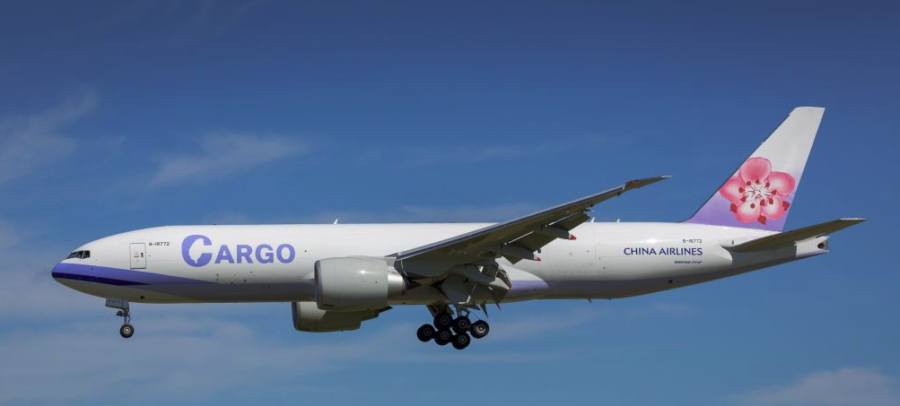A Roaring Tailwind Propels China Airlines Flight to 826 MPH Over Pacific and Other Record Flights

China Airlines Flight 5116, a Boeing 777-200LR, achieved a remarkable speed of 826 mph as it journeyed eastward across the Pacific Ocean on Thursday. The flight, originating from Taipei, landed in Los Angeles more than an hour ahead of schedule, thanks to extraordinarily strong tailwinds.
The flight was significantly accelerated by a vigorous Pacific jet stream, intensified by the El Niño climate pattern, which moved at over 250 mph.
While official records for commercial flight speeds are not maintained, AirGuide Business reported that a British Air Boeing 747 flying near Greenland reached 825 mph in February 2020, setting an informal record.
China Airlines Flight 6, following the same route as Flight 5116 but on Friday, also experienced rapid speeds, reaching 822 mph due to the swift jet stream winds.
Interestingly, these winds enabled the planes to exceed the speed of sound (767 mph). China Airlines 5116, a Boeing 777 with a standard cruising speed of 564 mph, was propelled to over 800 mph, akin to the added velocity when walking on a moving walkway.

However, it’s crucial to note that the aircraft did not break the sound barrier. The ground speed surpassed the speed of sound, but the plane’s airspeed remained at its regular cruising pace. The high-speed jet stream surrounding the aircraft contributed to the increased ground speed.
Completing a 7,205-mile route in just 10 hours and 18 minutes, China Airlines 5116 averaged about 700 mph, factoring in takeoff, landing, and slower phases of the flight. In contrast, the average westbound flight from Los Angeles to Taipei, typically battling against the jet stream, is scheduled for around 14 hours and 40 minutes.
Other notably rapid flights included:
- Philippine Airlines 112 from Manila to Los Angeles, reaching 819 mph.
- Delta 276 Airbus A350-900 from Tokyo to Detroit, hitting 817 mph.
- Delta Flight 26 Airbus A350-900 from Seoul to Atlanta, achieving 814 mph.
- China Airlines 5382 from Taipei to Los Angeles, reaching 812 mph.
The jet stream’s unprecedented speed is attributed to its winter acceleration and the absence of landforms or topography to create friction and slow it down, especially over the Pacific. Additionally, the El Niño climate pattern has warmed the tropical Pacific Ocean, enhancing the temperature contrast across the ocean and intensifying the jet stream.
This active Pacific jet stream is also expected to bring storm systems to California and the Pacific Northwest, with atmospheric rivers causing heavy mountain snow and rain in the lowlands.
Similar high-speed conditions are occasionally seen over the North Atlantic. For example, on February 7, 2020, a KLM Boeing 747 reached a ground speed of 819 mph over Newfoundland, as reported by The Washington Post.
Sources: AirGuide Business airguide.info, bing.com, Washington Post
